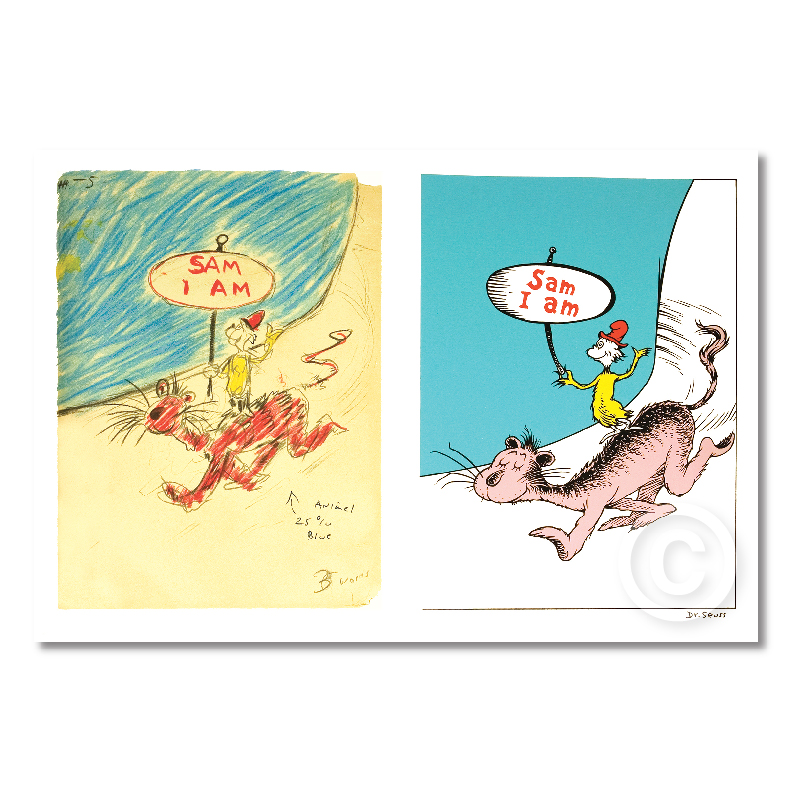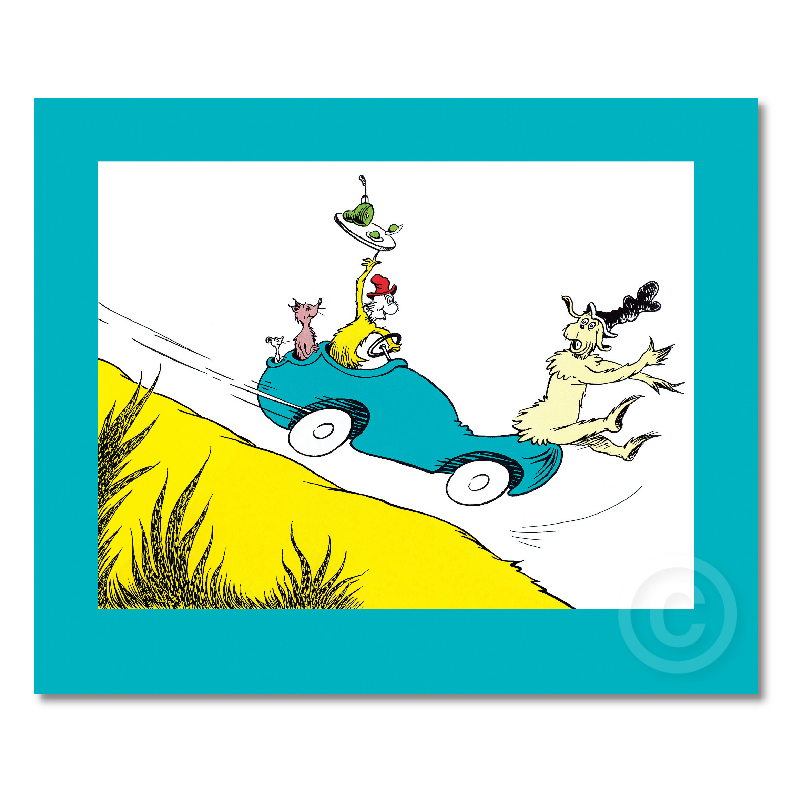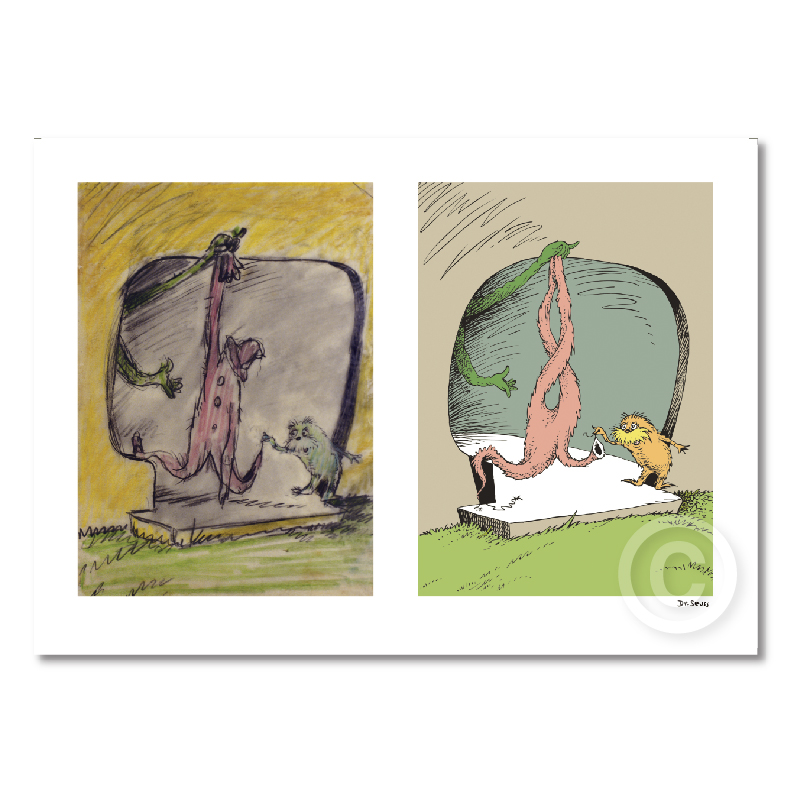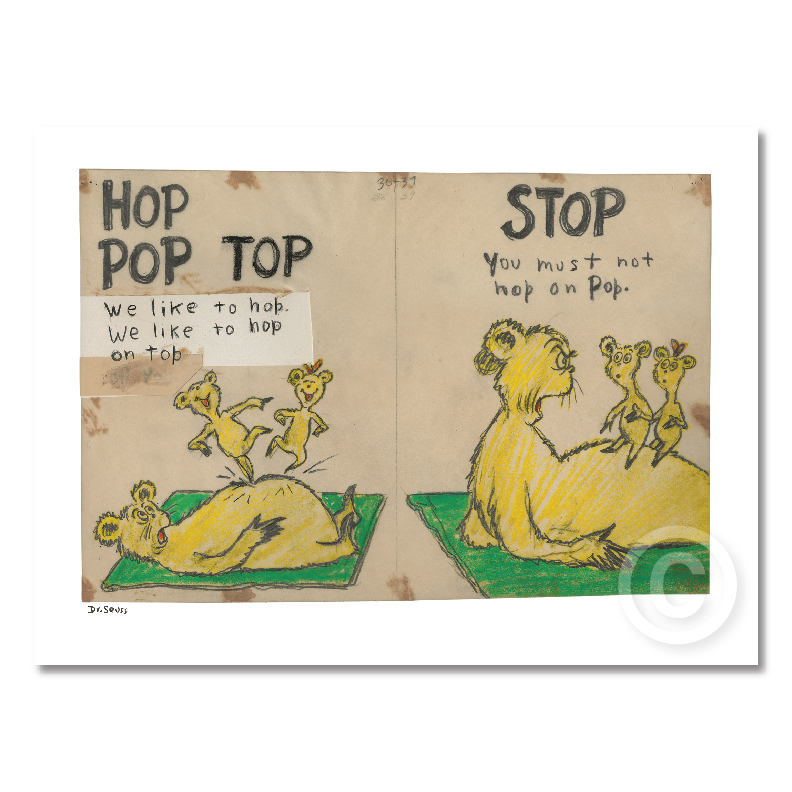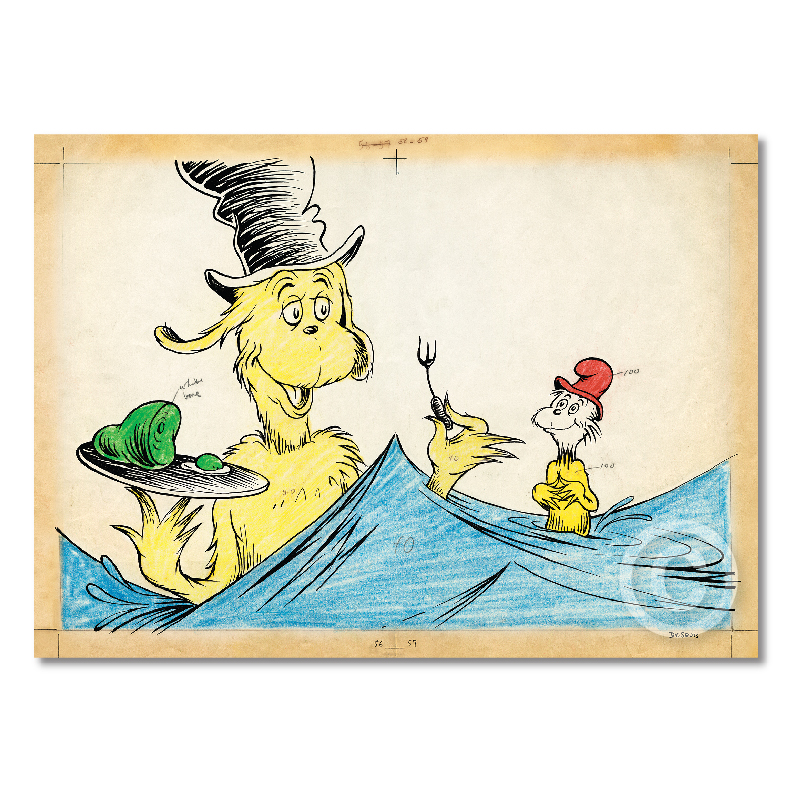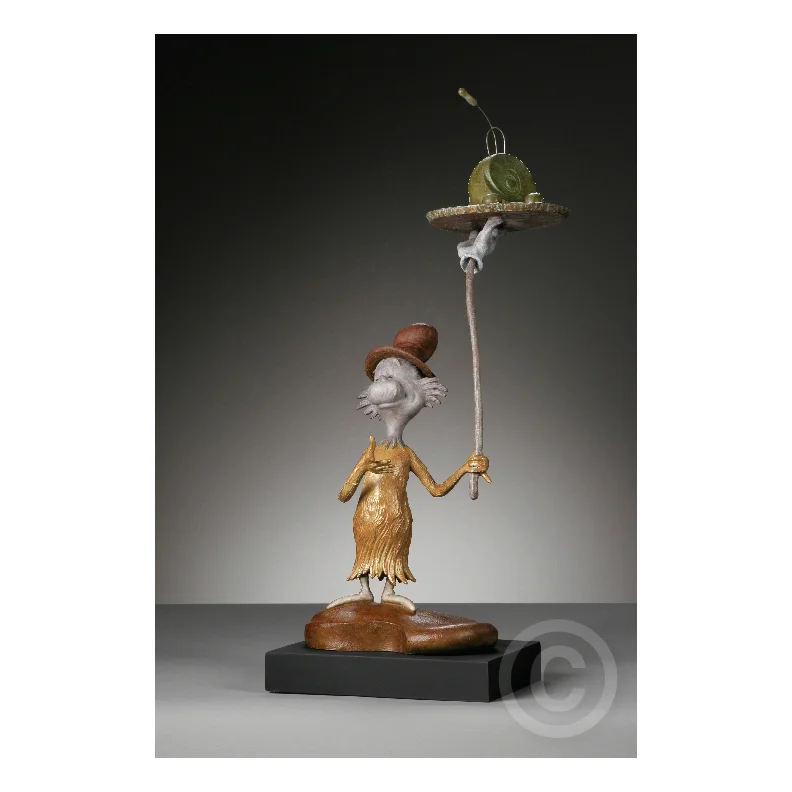Do you like green eggs and ham?
Less is more: the power of simplicity.
“Green Eggs and Ham pairs just 50 words with Dr. Seuss’s powerful, yet simple, six-color drawings to make an indelible impression on four generations of readers.”
Is it possible to write a book using just 50 words? That was the challenge set before Theodor Seuss Geisel (aka Dr. Seuss) by his long-time publisher and friend, Bennet Cerf, President of Random House. This challenge soon morphed into a $50 wager, and ultimately one of the most popular and influential books in the English language was born.
“Simplicity in life and work can be an incredible challenge. In most instances, it comes down to the careful curation of thoughts and ideas to reveal the essence of one’s intent. ”
Ted Geisel had a unique ability to cut to the heart of the matter. He would spend as much as a year on a new book, tacking up written pages and pencil drawings across the corkboard walls of his studio. Slowly, over the course of many months, he would sift through his work in search of the simplest, most powerful ideas to propel his story forward.
Ted’s dedication to such simplicity can be seen here in his concept drawing for this work. The lower right-hand corner reveals his “word count” to be certain he doesn’t exceed the 50-word challenge.
Stepping outside of our comfort zone.
“Green Eggs and Ham is a timeless call to action for children and adults alike. Dr. Seuss’s images and words encourage us to stretch ourselves and reach for new experiences. ”
It is little known that Ted Geisel struggled mightily with every book he ever wrote. His biggest fear was that he may never have another great book idea.
1957 had seen the publishing of both The Cat in the Hat and The Grinch, two of Ted’s most successful endeavors to date. On the heels of that success, Ted painted this self-portrait of himself worrying about his next book.
Shortly after this painting, Ted began work on Green Eggs and Ham, a book which would go on to reach unimaginable popularity and commercial success over the next 50 years.
Ted’s ever-increasing devotion to his young audience resulted in more outlandish tales, driven by fast-paced images, which whimsically encouraged both young and old readers to stretch themselves in life. Ted himself embodied this thinking throughout his career, creating a body of work that was different than any children’s book author and illustrator who had come before.
Never give up!
“Dr. Seuss’s persistent main character, Sam, appears in many ways to be a metaphorical self-portrait of Ted himself. ”
The beginning of Seuss’s publishing career is now a legendary story of persistence. During 1937, Ted approached 27 different New York City publishers with his first children’s book, asking each to take a chance on him. “Would you? Could you?” he would later famously write in Green Eggs and Ham. But in 1937, no publisher would take a chance on the young author.
Fate intervened when a close Dartmouth buddy of Ted’s hailed him on Madison Avenue at the very moment he was contemplating throwing his first manuscript away. This friend had just become the juvenile editor of Vanguard Press and he invited Ted to their offices to make a presentation. An hour later, Vanguard’s president agreed to publish Ted’s book and Dr. Seuss was on his way.








